Characteristics and main design functions of bridge crane
As a manufacturer of bridge cranes in Shandong, today I will introduce the characteristics and main design functions of bridge cranes. Interested friends, let's learn more together!
Bridge crane is a lifting equipment horizontally placed above factory buildings, warehouses, and warehouses for lifting materials. Due to the fact that the two ends of the bridge crane are placed on high concrete columns or metal supports, resembling a bridge in appearance, it is commonly known as a "crane" or "crane". It is a widely used and numerous lifting machinery.
Bridge crane is an important tool and equipment for modern industrial production and lifting transportation to achieve mechanization and automation of the production process, which can reduce the workload of operators and improve productivity. Bridge cranes are widely used in industrial and mining enterprises, steel and chemical industries, railway transportation, port terminals, logistics facilities and other departments and places, and are indispensable equipment in people's production activities.
There are many types of bridge cranes, among which general-purpose bridge cranes and gantry cranes are more common. The construction and operation of these two types of cranes are basically the same. The gantry crane is on the ground, which differs in its supporting structure.
Although the types and models of bridge cranes are different, and their shapes and constructions are also different, they all have one thing in common, which is the intermittent working mode. A work cycle generally includes: moving materials through a lifting and picking device, then moving in the opposite direction, returning to the original position or another position for the next work cycle, with a short interval between two work cycles. It can be seen that during the operation of bridge cranes, each mechanism is often in a state of starting, running, braking, and alternating forward and backward movements. In addition, bridge cranes also have the following working characteristics:
1. Lifting machinery usually has a large metal structure and relatively complex mechanical structure, which can complete lifting, lifting, or several horizontal movements. During the operation process, several actions in different directions often occur simultaneously, making it technically difficult.
2. The materials to be lifted are different, and the load is also different. The weight ranges from tens of tons to hundreds of thousands of tons, the weight ranges from tens of kilograms, the length ranges from tens of meters to less than 1 meter, the shape varies, and there are also granular, easily melted, flammable and explosive materials, making lifting complex and dangerous.
3. Most crane equipment requires large-scale operations, with steel rails, steel wheels, or tire tracks, large activity space, and hazardous areas.
4. There are many unprotected moving parts that often come into direct contact with lifting personnel, such as hooks and ropes.
5. The working environment is complex. There are operations in industrial and mining enterprises, lifting equipment, ports, construction sites, and other places. Homework may also encounter hazardous factors such as high temperature, high voltage, flammability, explosion, power transmission lines, and strong magnetic fields, which can have adverse effects on personnel and equipment.
6. Homework often requires human cooperation and is difficult, requiring the cooperation of operators and commanders to take care of themselves proficiently. Operators must have the ability to handle emergencies on site.
With the rapid development of modern industry and the continuous advancement of science and technology, bridge cameras have undergone some new changes and functions in terms of structural design and automation level.
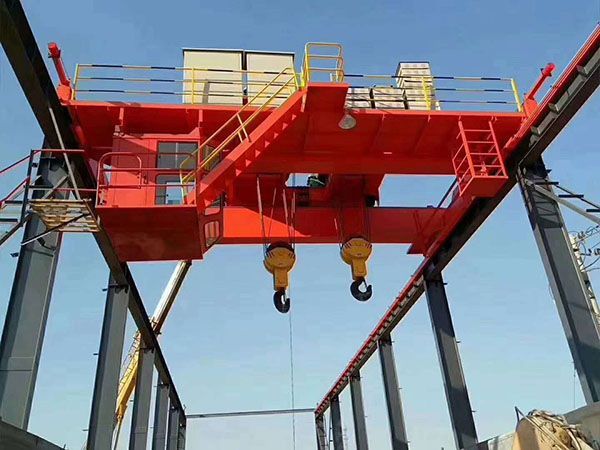
| Previous:What are the requirements and processes for installing a bridge crane reducer! | Next:Advantages and characteristics of gantry cranes |

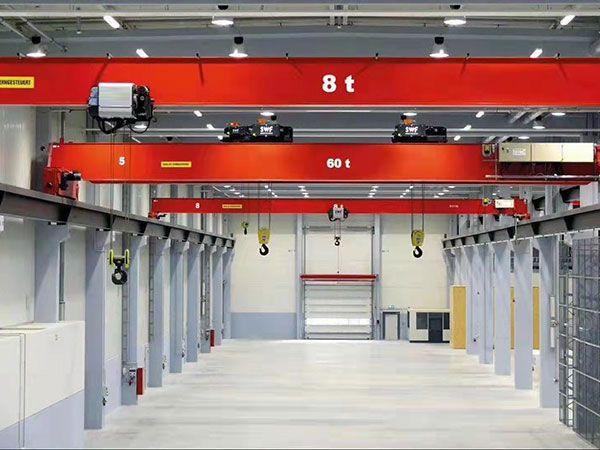
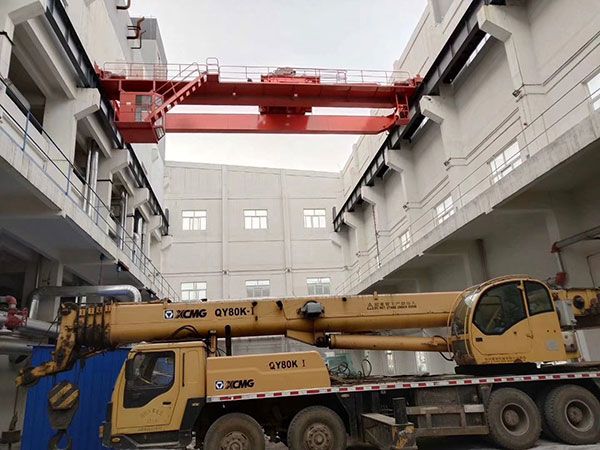
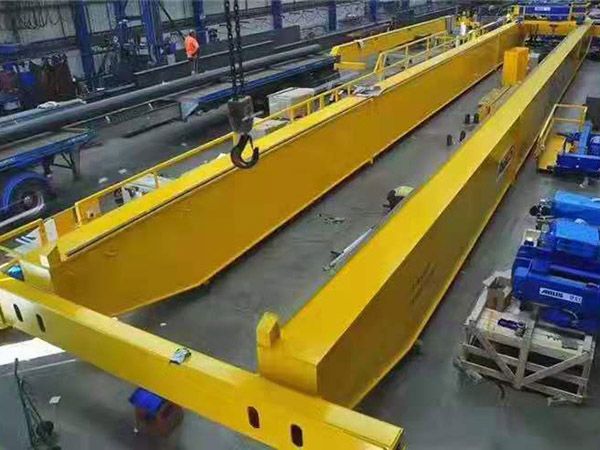
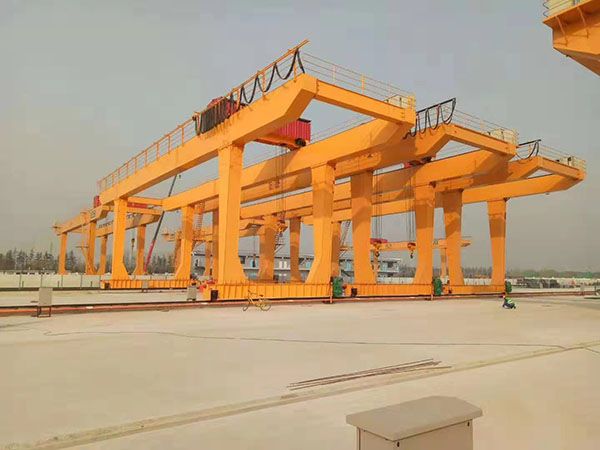
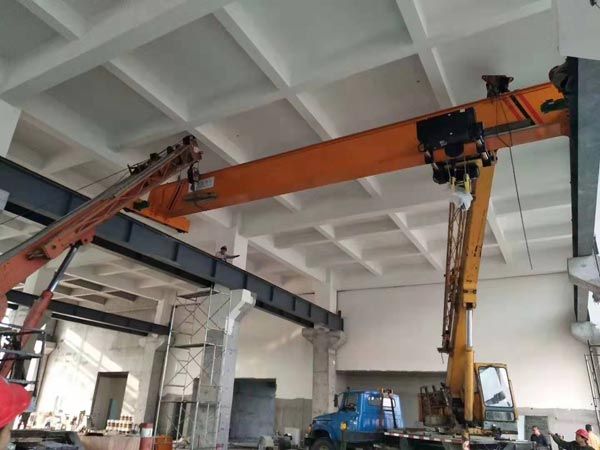
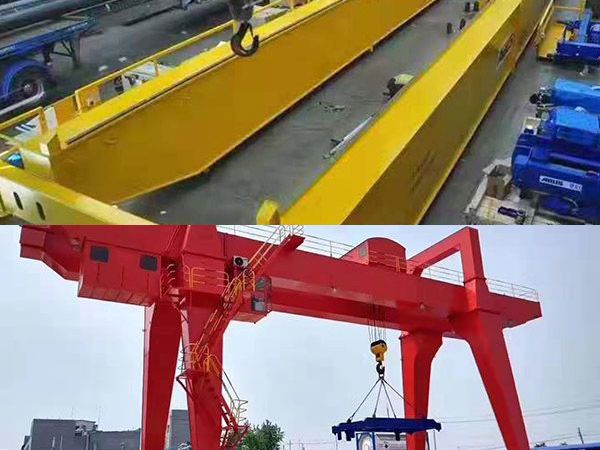
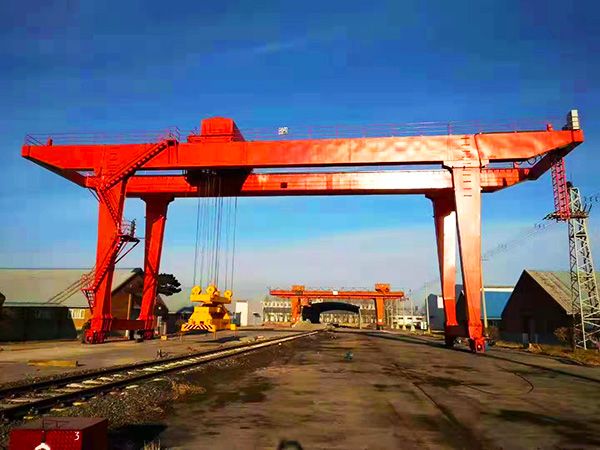

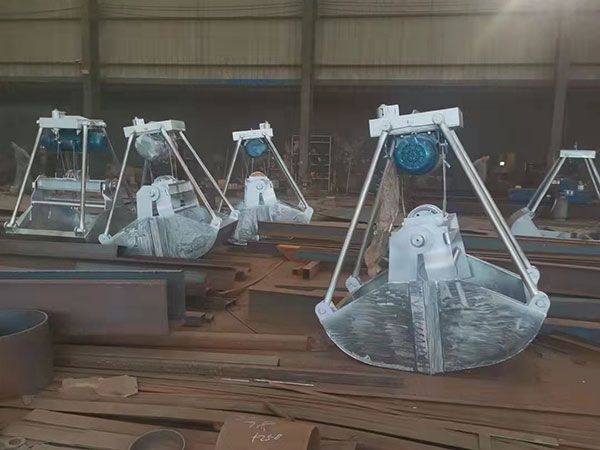
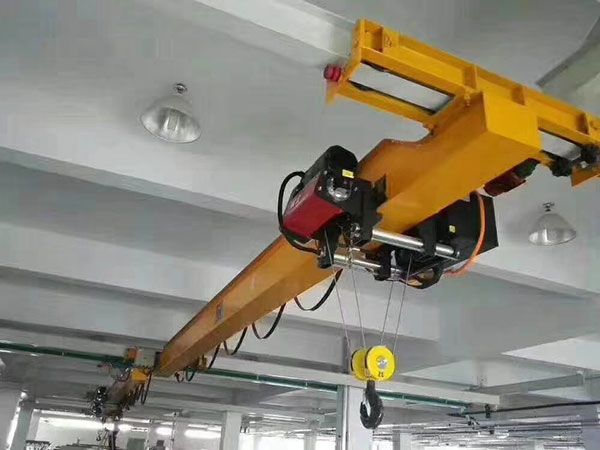
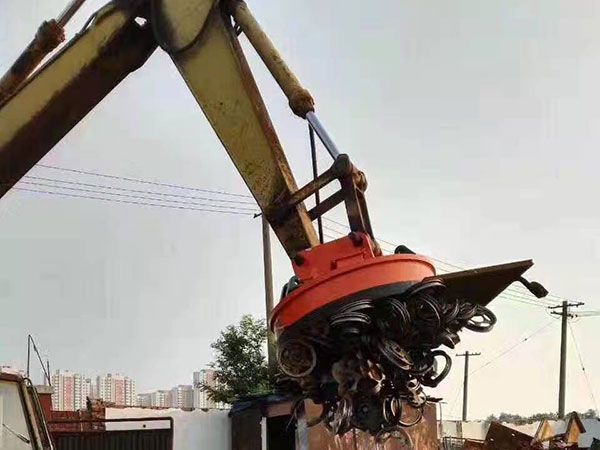
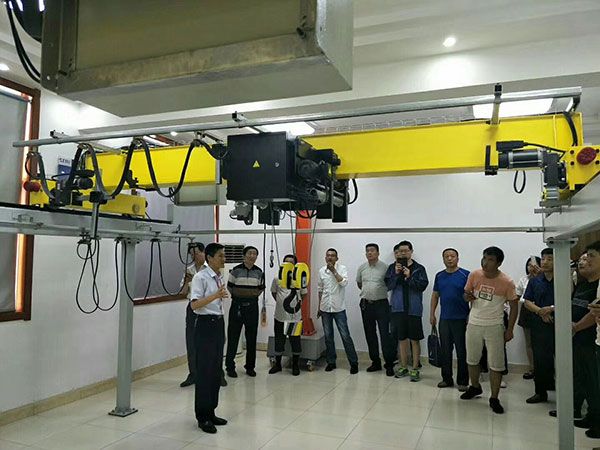
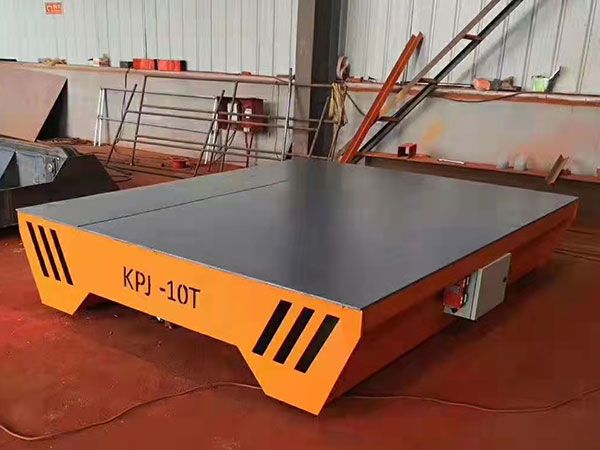








 Home
Home
 Tel
Tel
 Product
Product